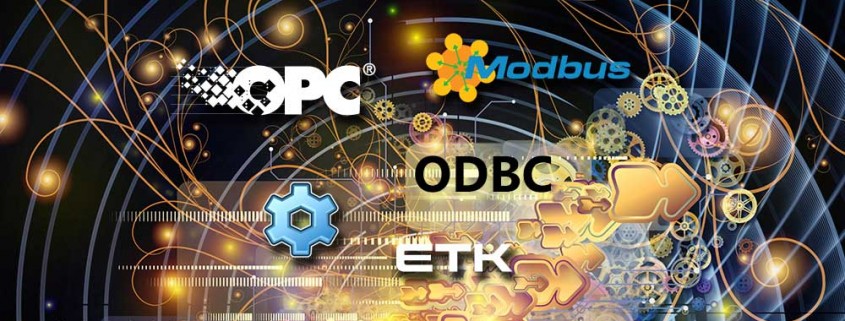REST Not Necessarily Best for Industrial IoT
What makes the Industrial IoT different from the regular IoT? Is there any real difference between connecting a home thermostat or a pressure sensor on a tank to the Internet? In both cases, the device sends data to a server on the cloud, and the homeowner or plant management use the data as needed. But there are differences—differences significant enough to benefit from deeply different architectures.
A recent white paper from Skkynet, Industrial IoT without REST, discusses these differences. REST (Representational State Transfer) using HTTP is often assumed to be an appropriate communication architecture for the Industrial IoT. But REST was designed for human use of the Internet, not the IoT. Data transmissions in the REST paradigm consume too much bandwidth, and add too much latency.
REST: individual transactions
This is not surprising, since the REST approach was conceived long before there was an Internet of Things at all. And its creators certainly did not envision using it for industrial, real-time data communication. While a home thermostat may update a single temperature reading once or twice per minute, a typical industrial system can publish data from thousands of data points, updating many times per second. With REST, each message that gets passed between the device and server occurs as a distinct HTTP request, opening a new socket, performing the transaction, and then closing the socket, with all of the necessary set-up time and communication overhead. All transactions must take the form of “request/response” where the device sends a request to the server and then collects the response.
ETK: open channel
In contrast, Skkynet’s approach to the Industrial IoT found in the ETK (Embedded Toolkit) holds open a permanent connection, a channel that can immediately transmit data in either direction without the back-and-forth overhead of socket set-up or message replies. The result is a huge savings in bandwidth, and much lower latency. For example, some REST-based systems limit each user to 250 transactions per minute, while the ETK can comfortably handle 1,000,000 transactions per minute.
There are other advantages to the ETK approach in terms of the scalability of the system, the symmetry of data communications, and the ability to recover robustly when the Internet goes down. To find out more about the ETK, and why the REST approach to the IoT may not be ideal for the Industrial IoT, we encourage you to read the white paper.




